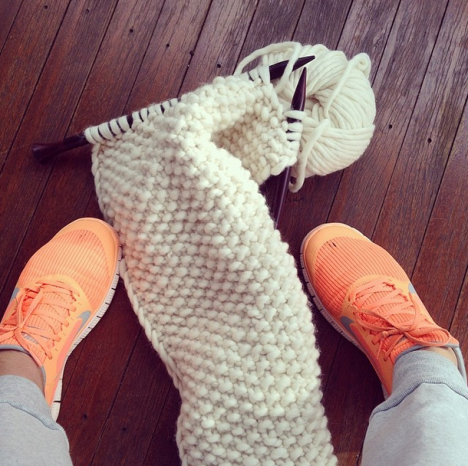When I first started writing opinion columns for newspapers – about 16 years ago, for the Herald Sun in Melbourne, sharing a page with The Human Bolt (Andrew) – I idolised the writing of Zoe Williams and studied her prose to grow my own style.
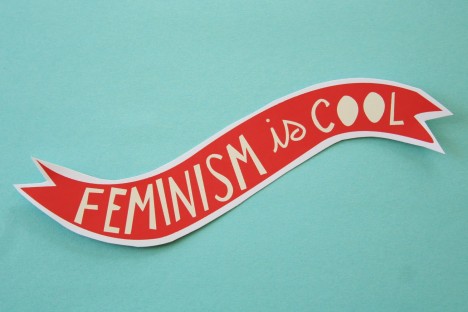
She wrote a smart column for the Guardian on Saturdays called “Things you only know if you’re not at work”. It chronicled the minutiae of the banal of our small existence. But her slant was entirely captivating.
Zoe still writes for the Guardian. Yesterday’s column “The genius of Kate Bush in an age of Subjugation” is particularly gold. I’d love you to read it. It’s a review of Bush’s sold-out concert. She finds herself comparing the sublime experience with her conflicted thoughts about contemporary female music artists, which she often tries to analyse through a feminist lens. “(Kate) is what music sounds like when it’s the authentic creation of its author, and there are no strings being pulled by marketing guys,” she writes.
Williams realises she’s been wasting her time with the very fatiguing questioning – as a wizened old third-waver – of whether Beyonce’s lyrics are anti-feminist or Miley’s antics are destructive to the sisterhood (or are they reflective of what feminists fought for – freedom to express what you want?).
She concludes that the more important issue is that the mass marketing of culture has meant we lose the creative contributions of people like Kate Bush.
I want to add to this.
I feel that this mass, commercial approach means we’ve stopped wanting or expecting or craving what I think is a very female contribution to life – the female insight and voice.
To me, this is free and slightly wild and maybe slightly mad at times and loose and geared at digging under layers,
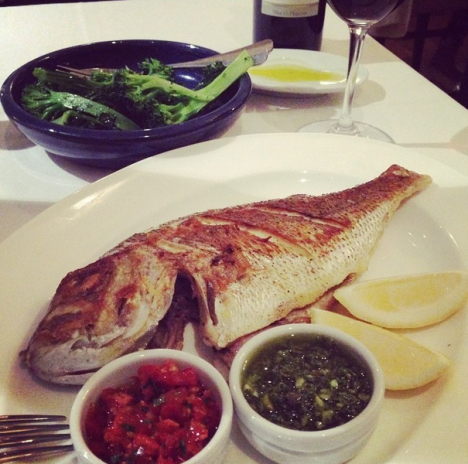
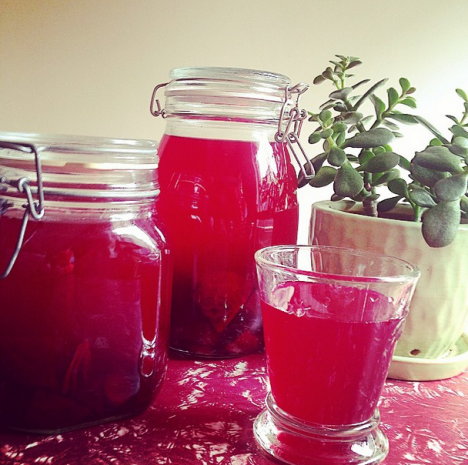
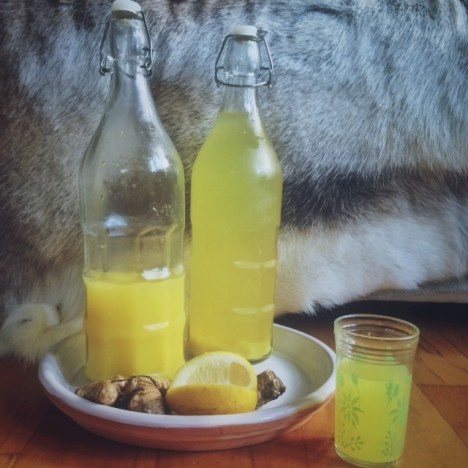
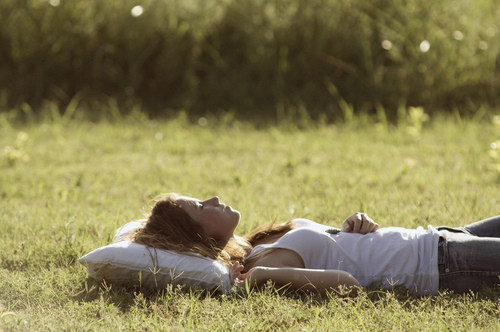
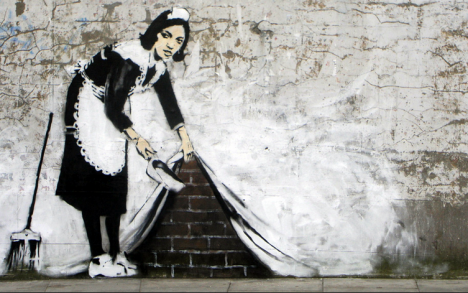
 and microwave. Once you’ve finished, just pop in the wash. I’ve come across
and microwave. Once you’ve finished, just pop in the wash. I’ve come across 

